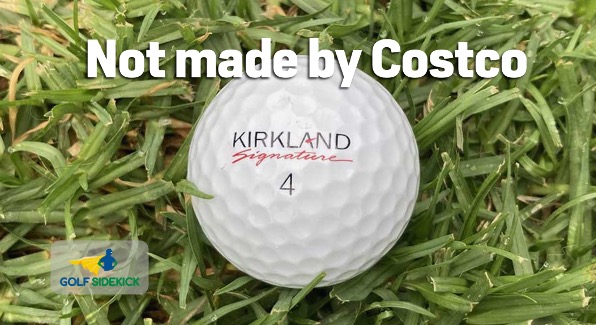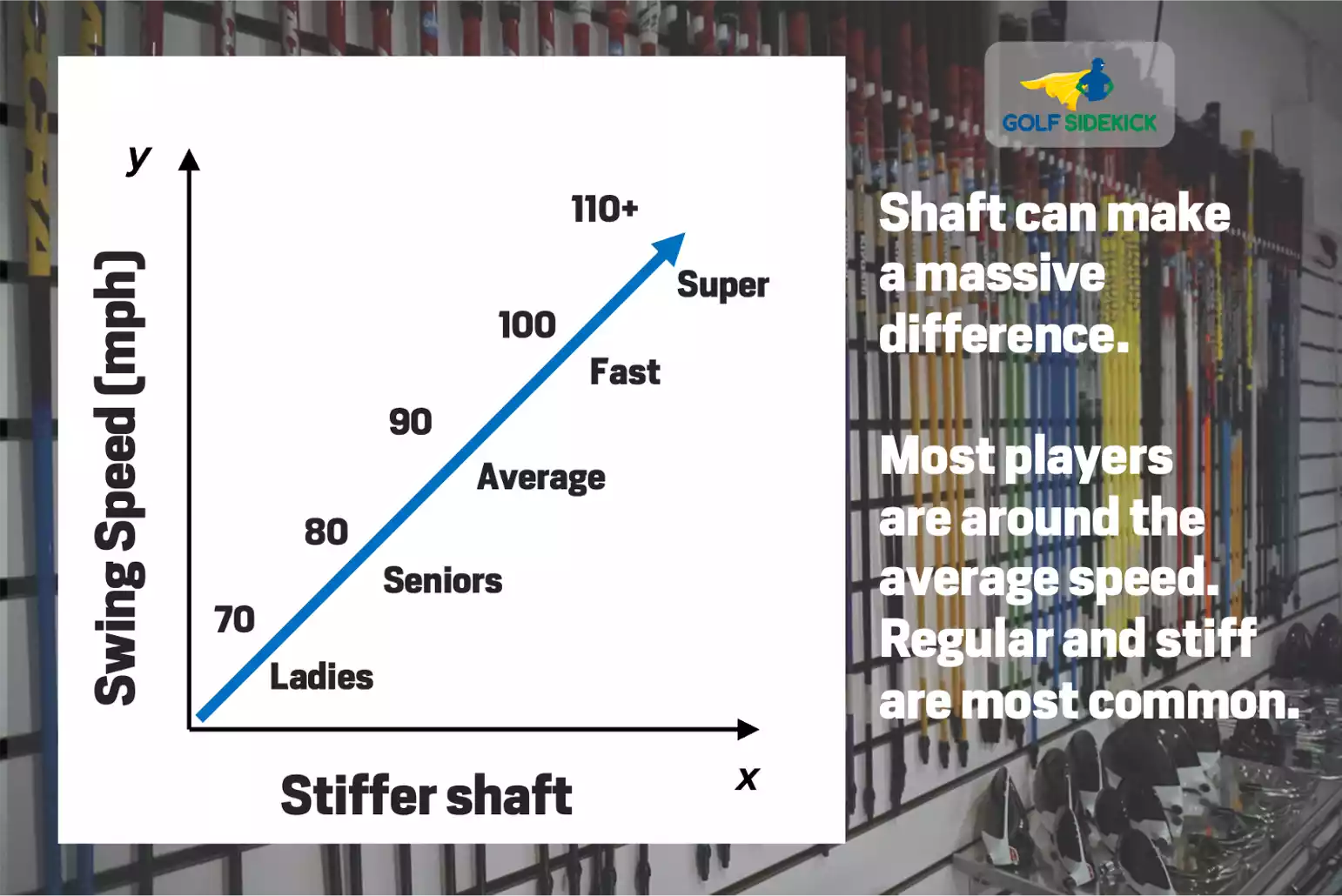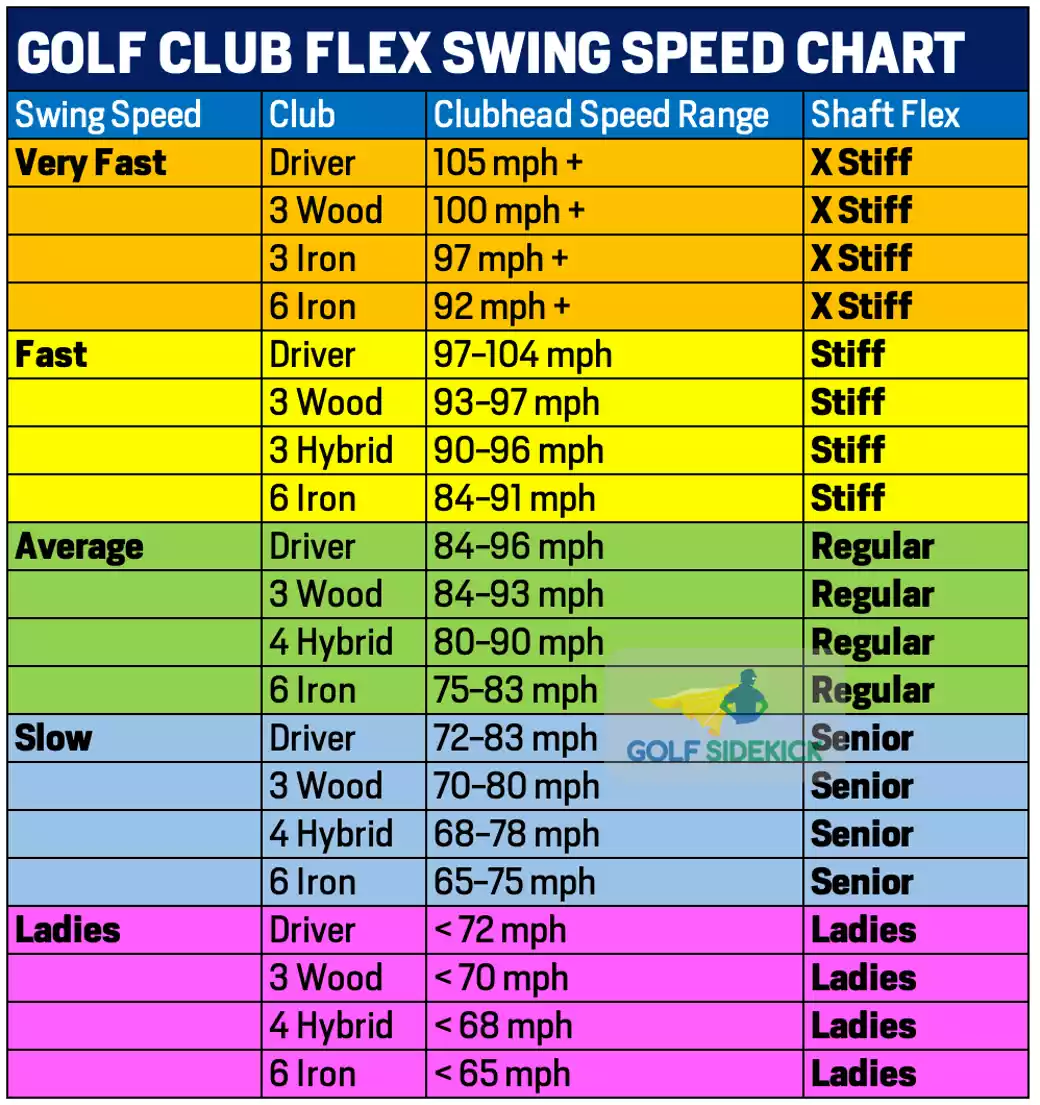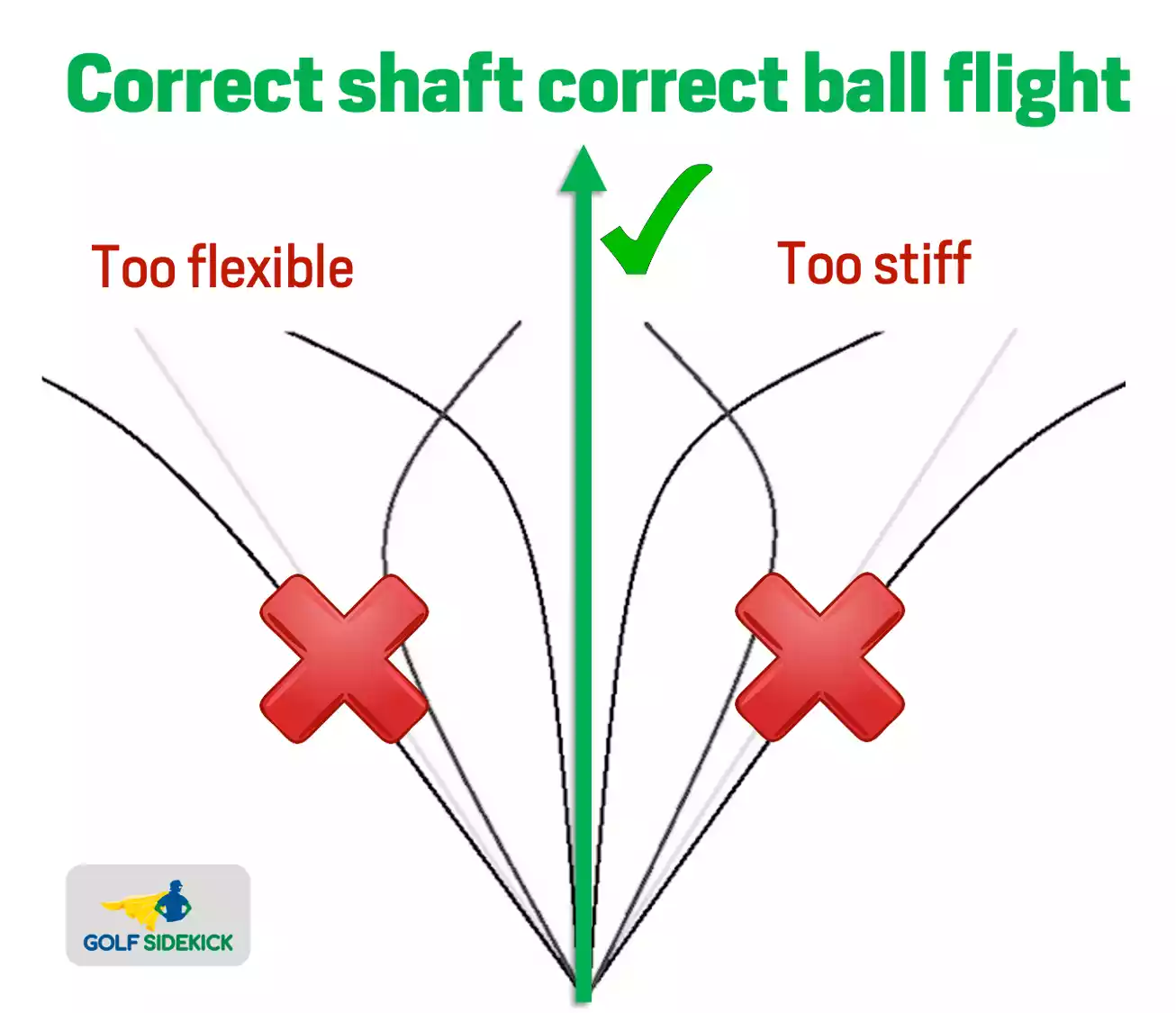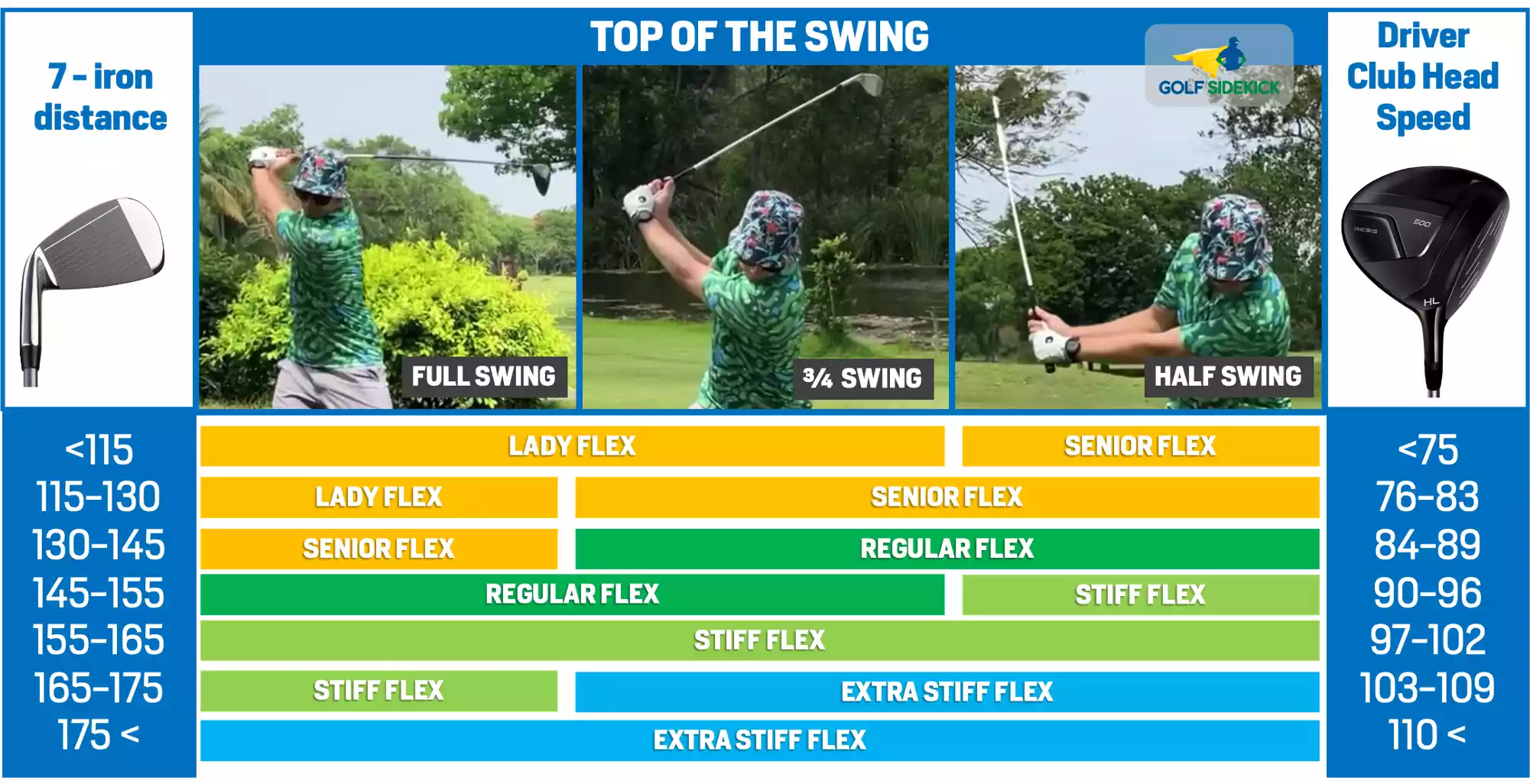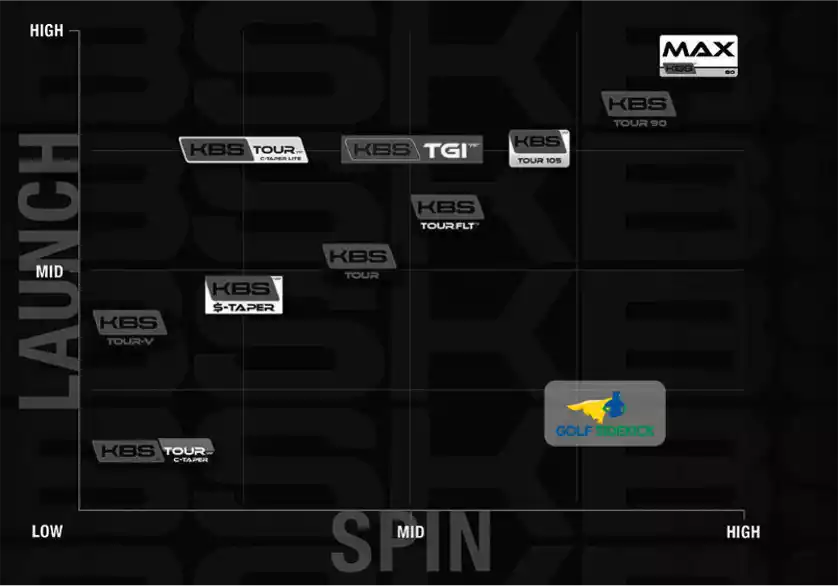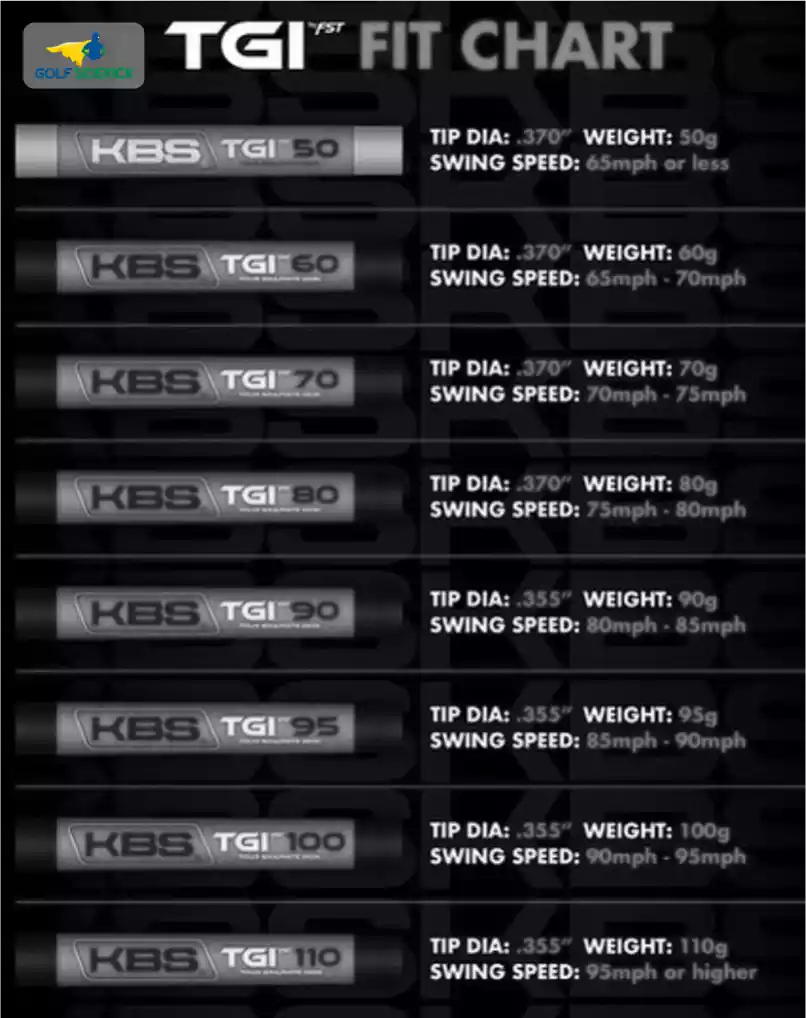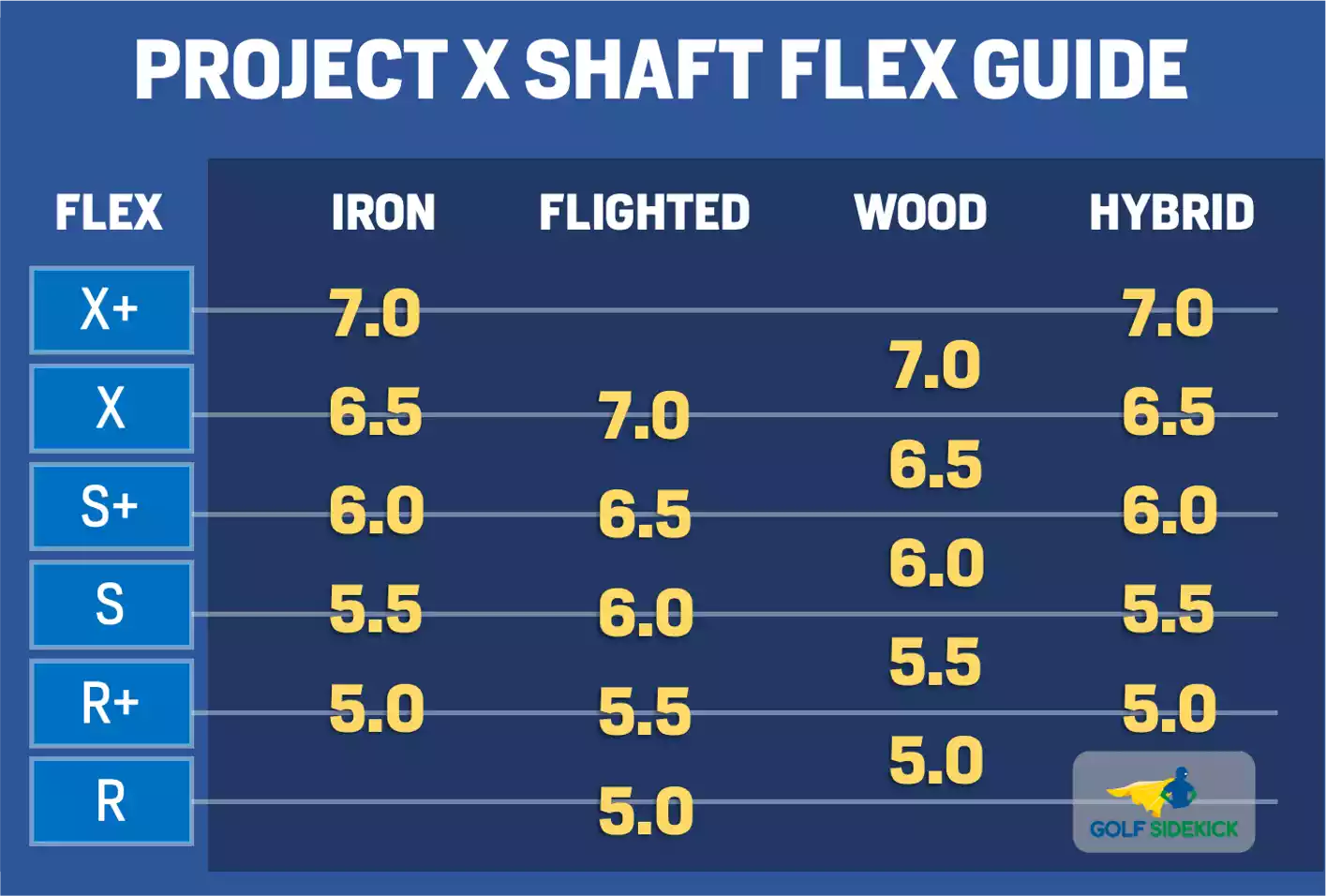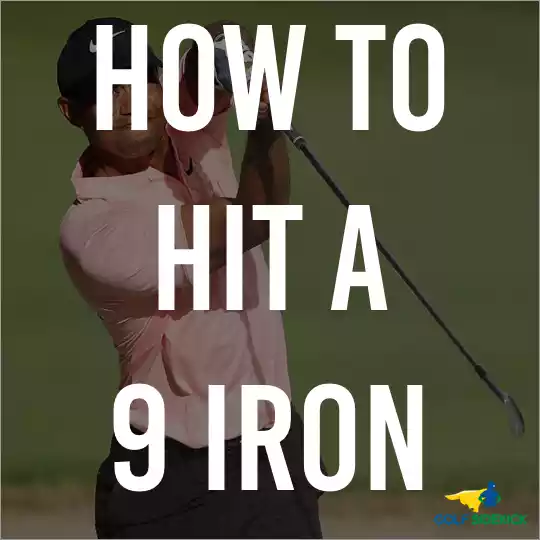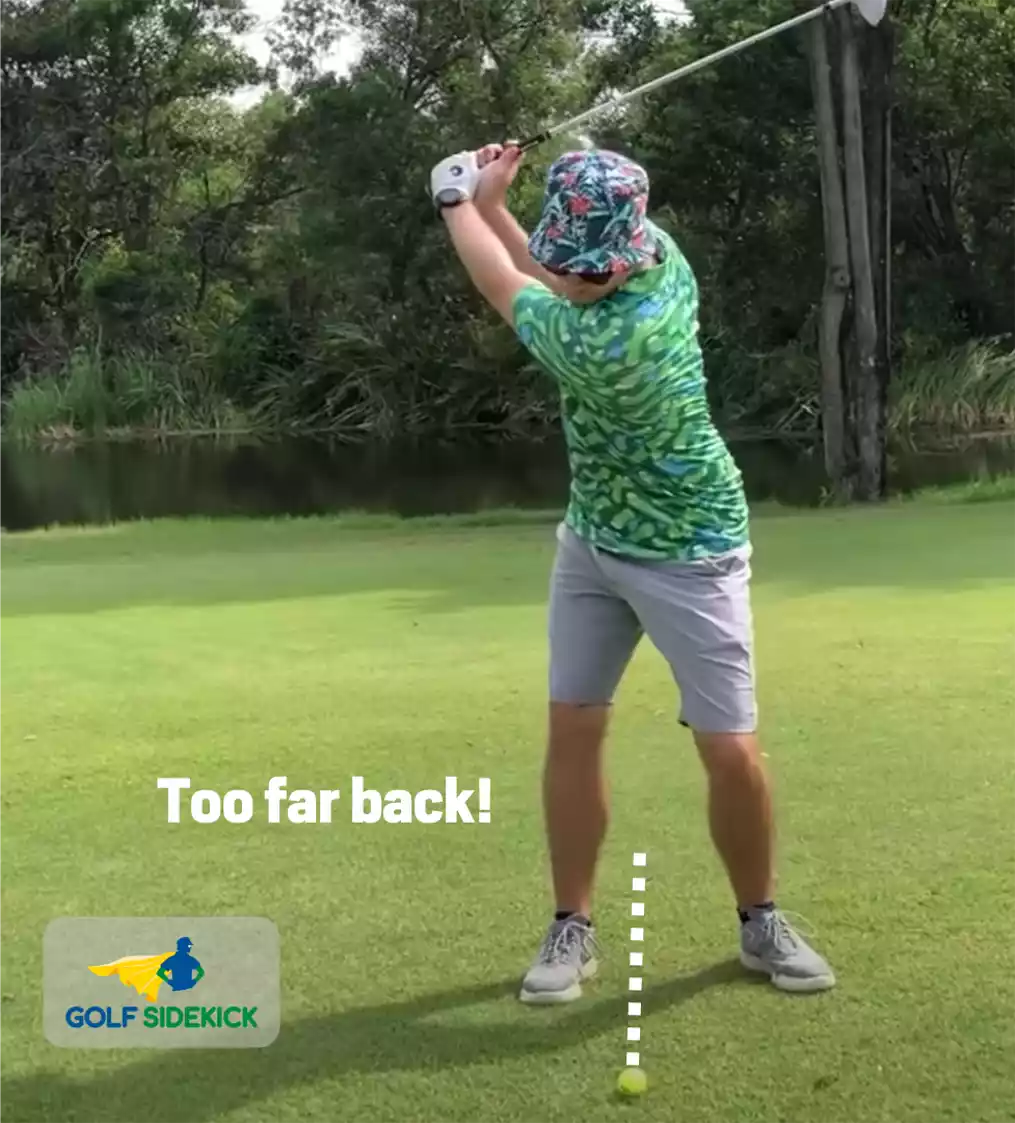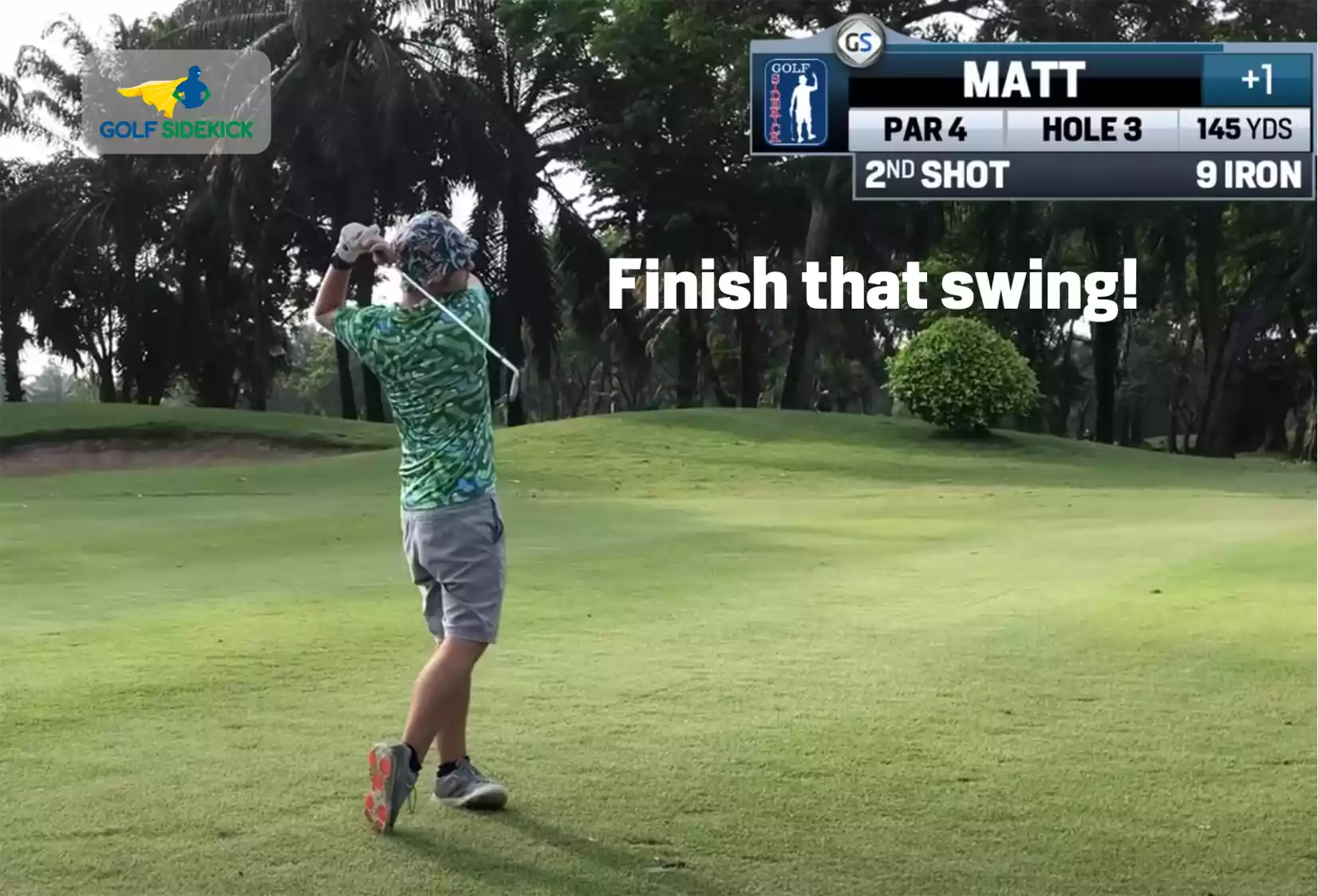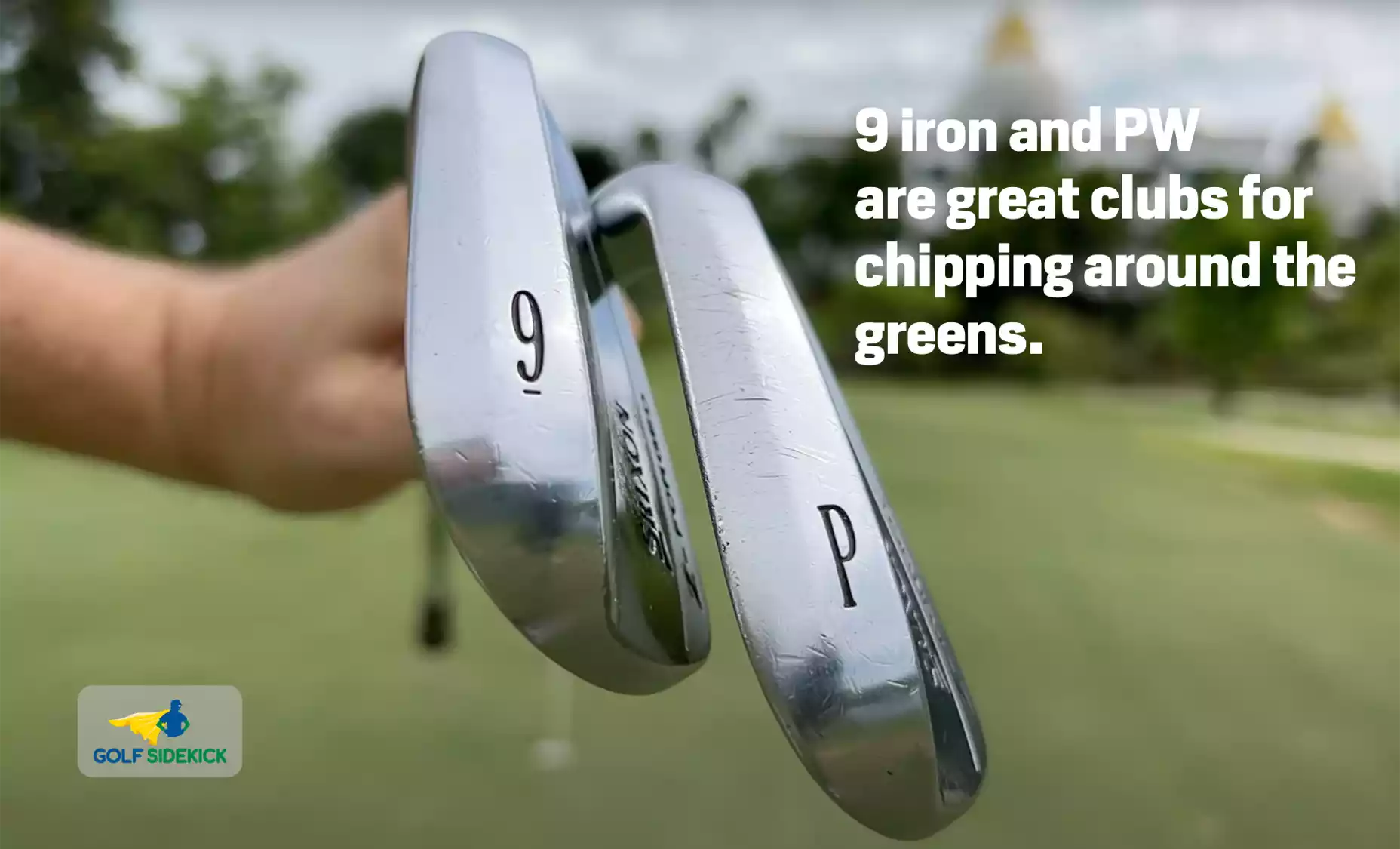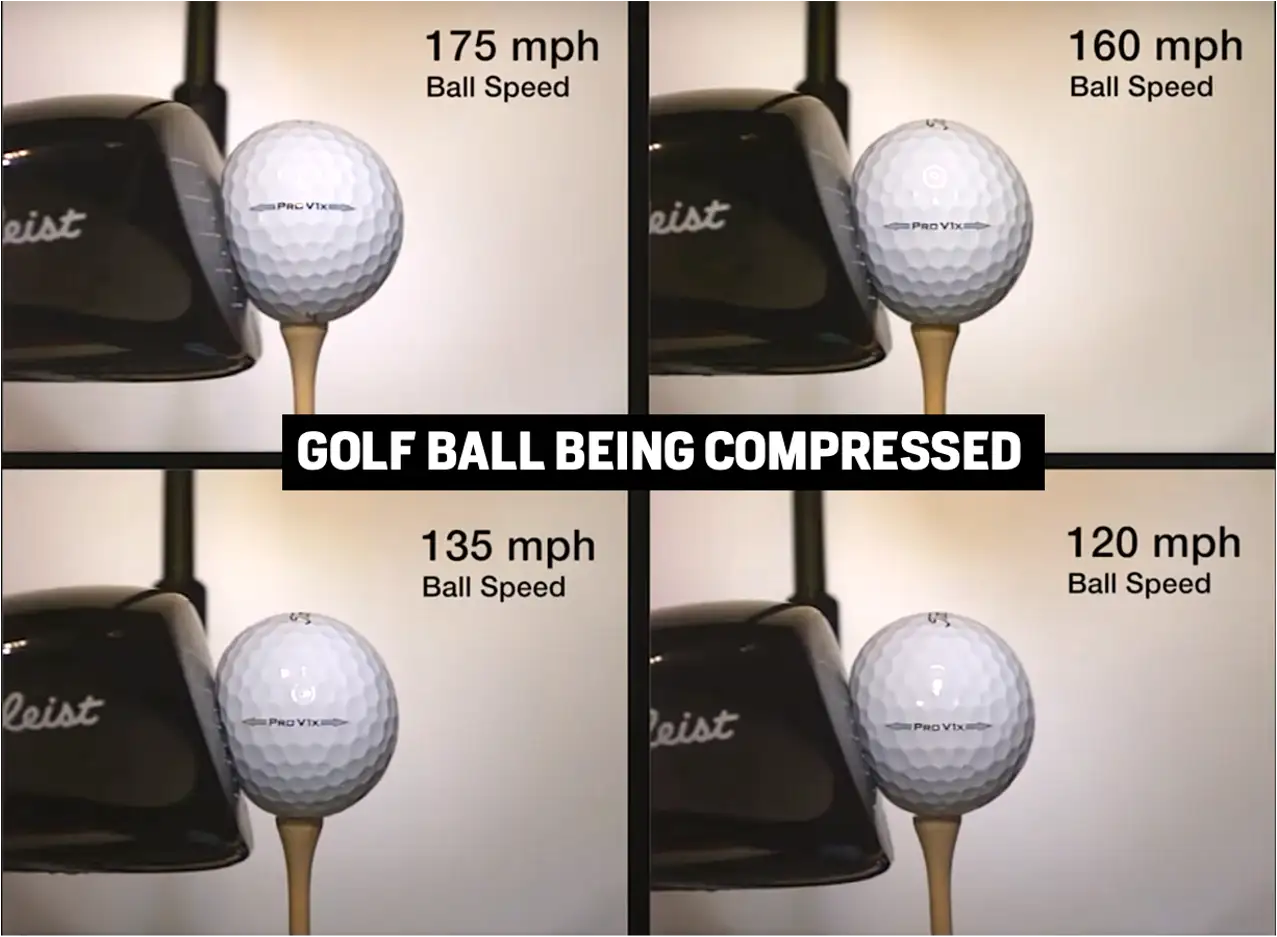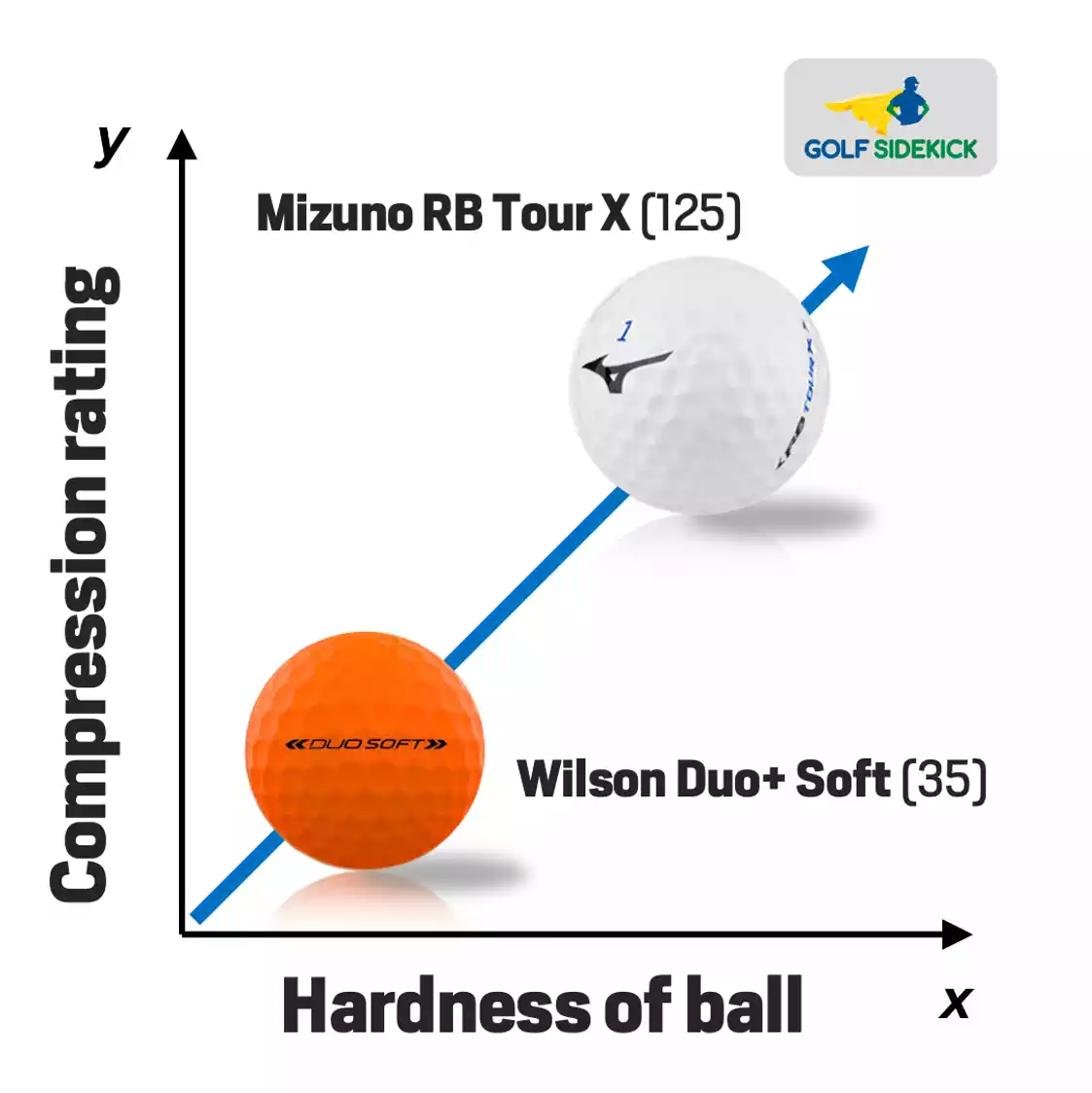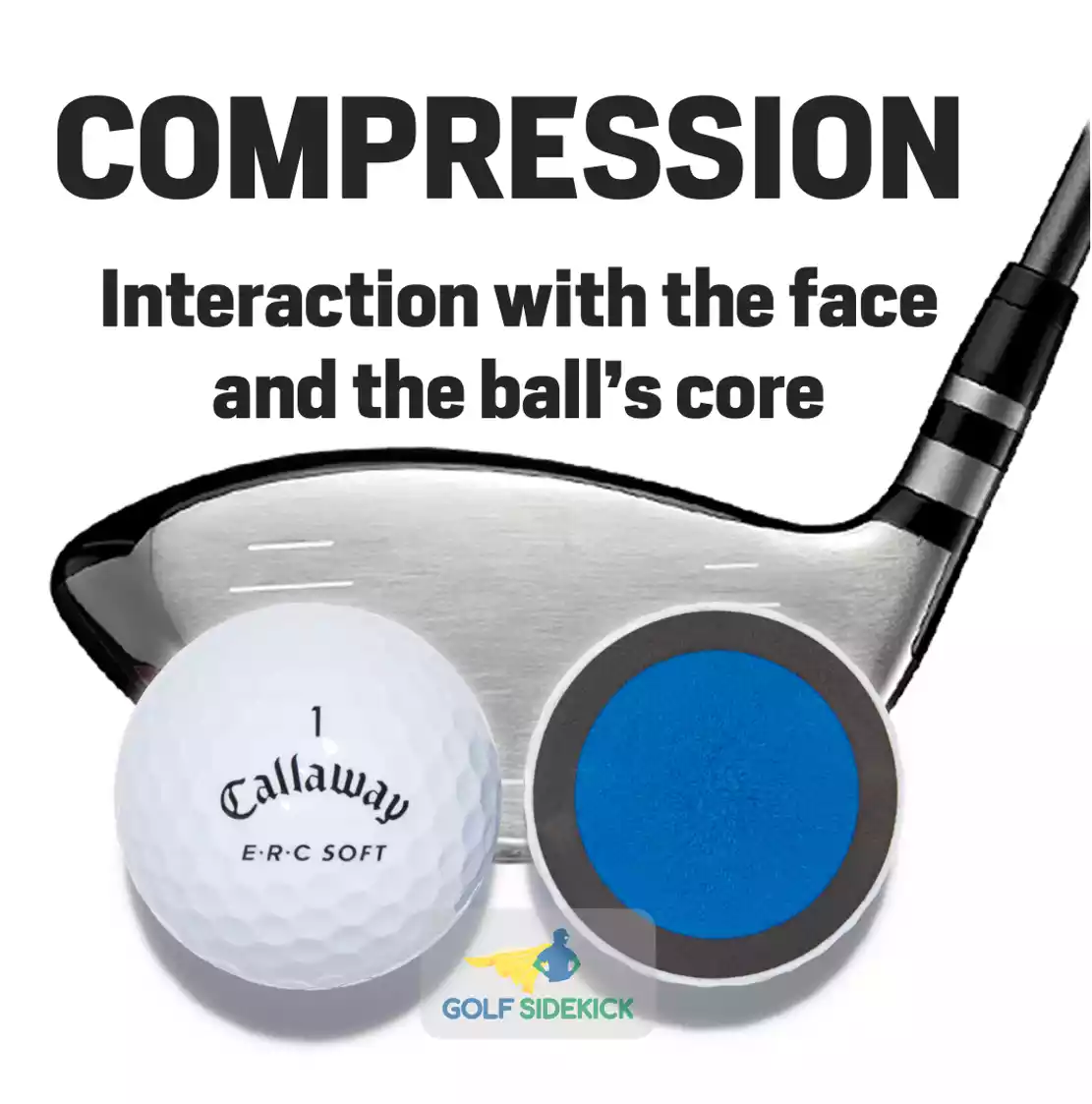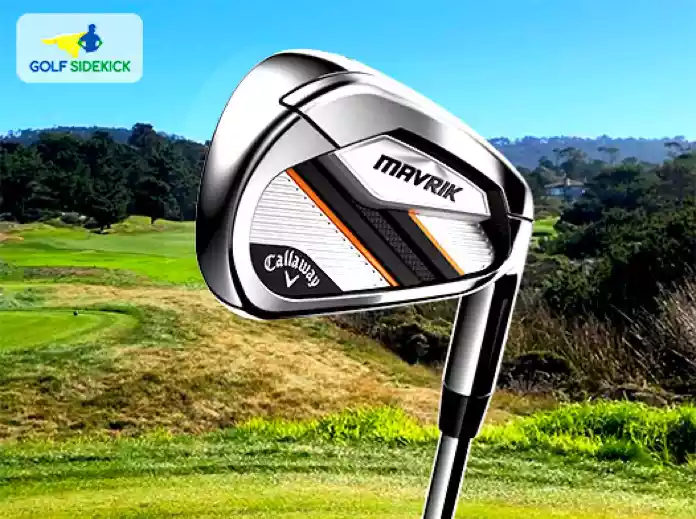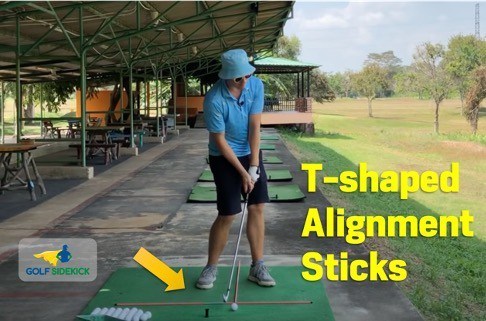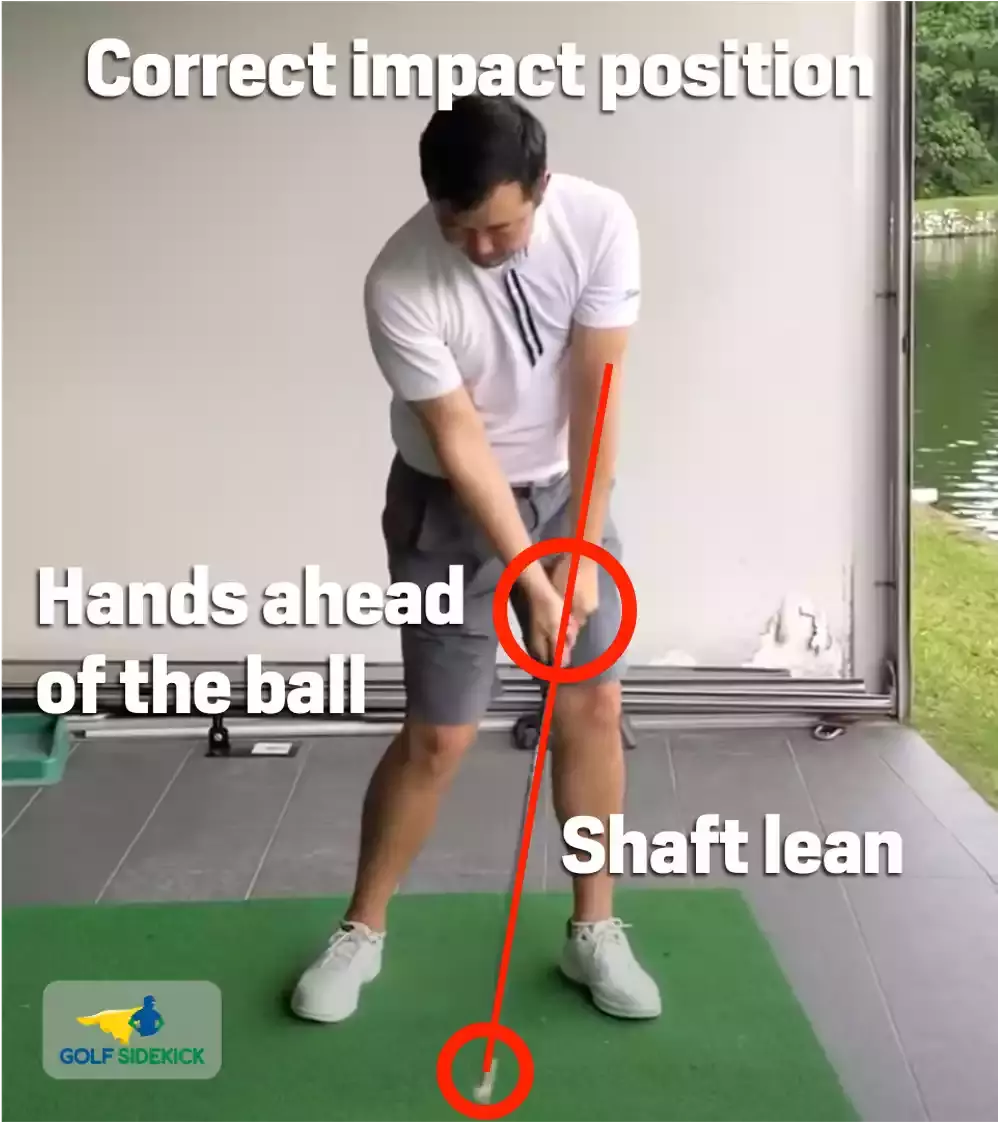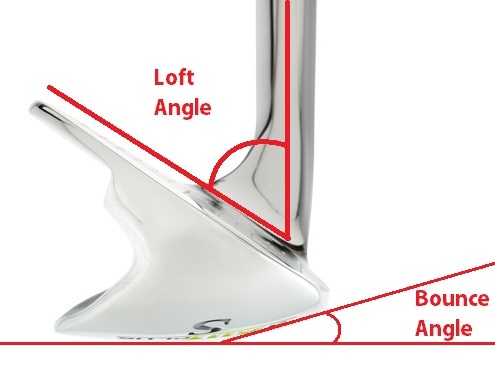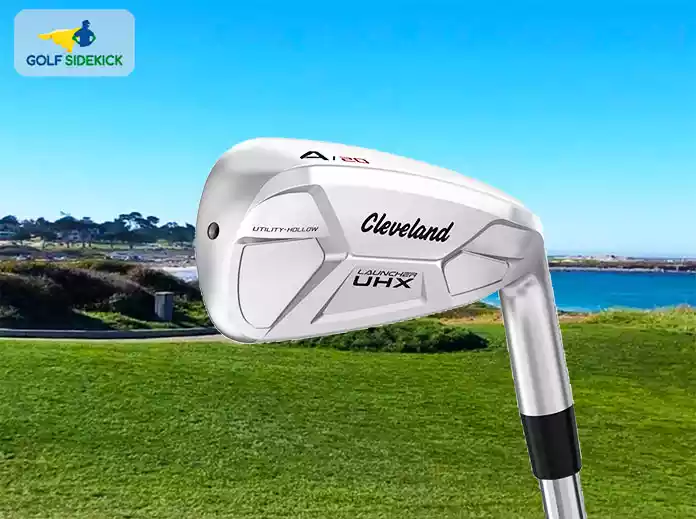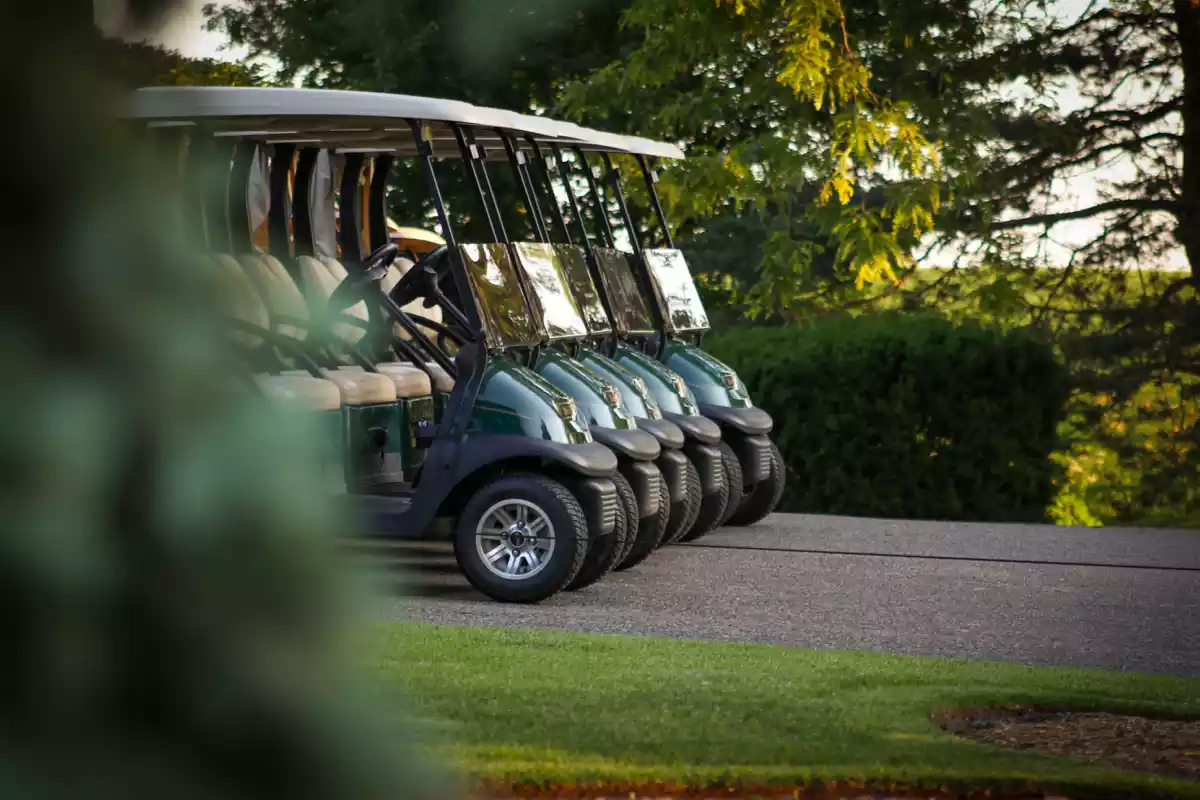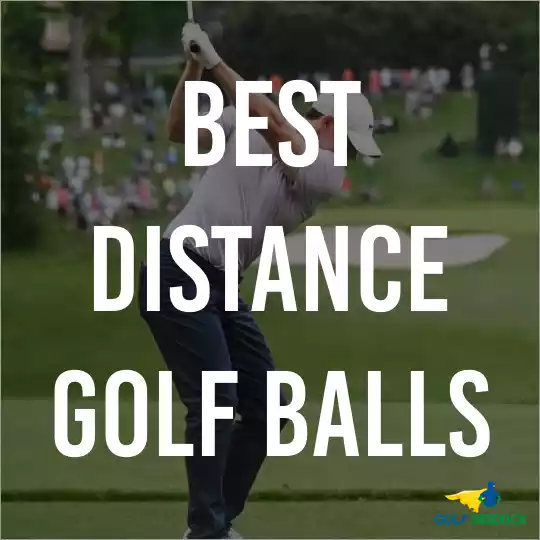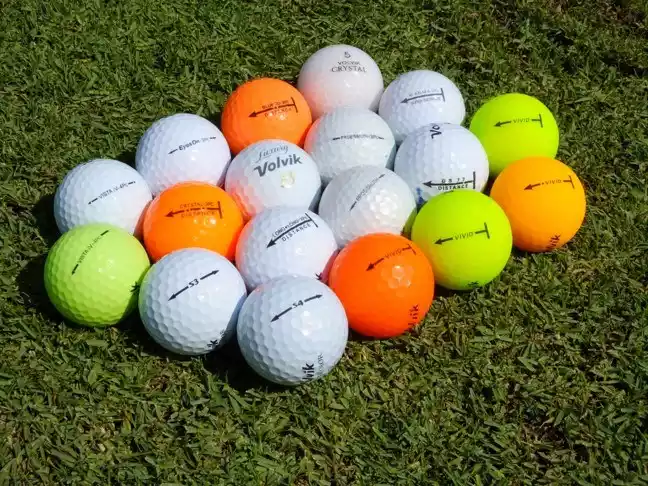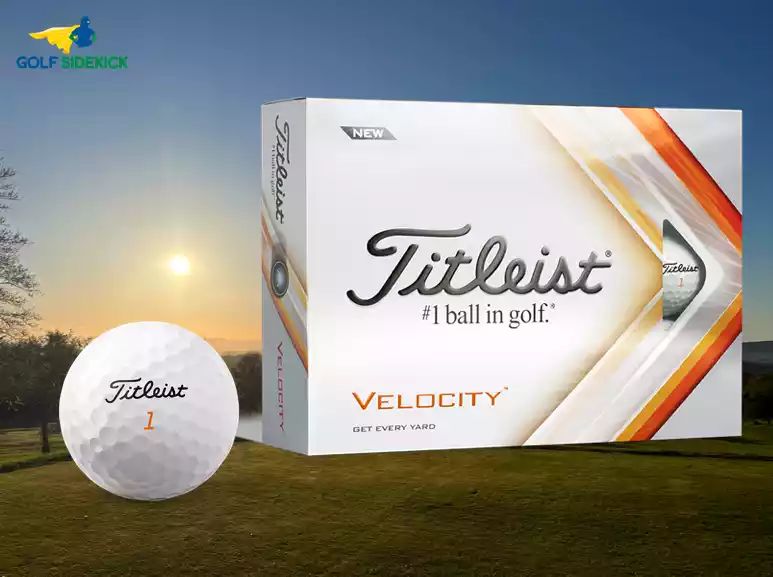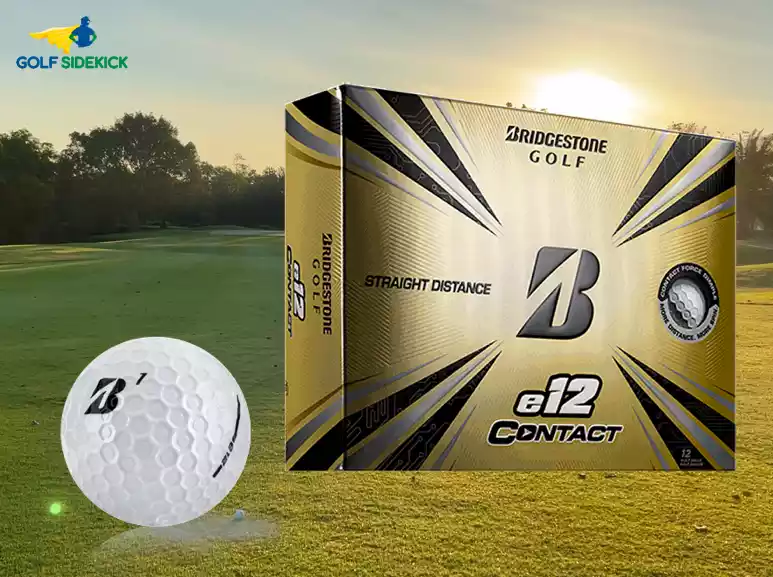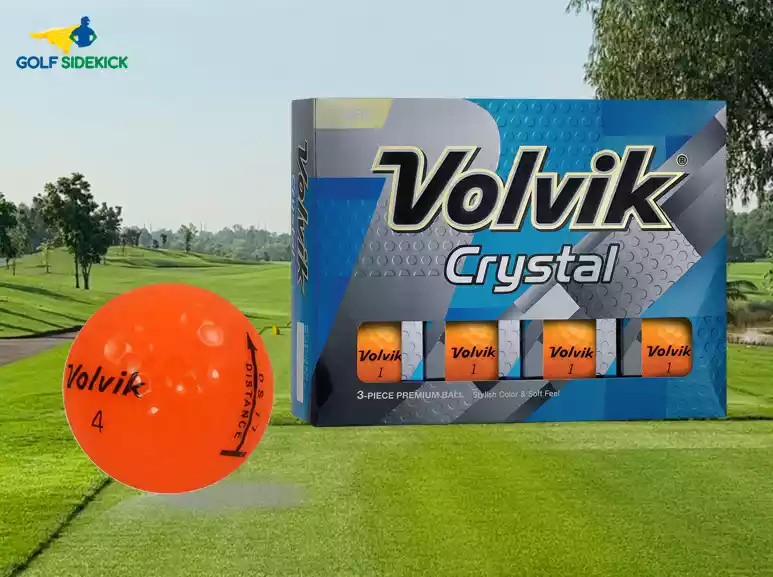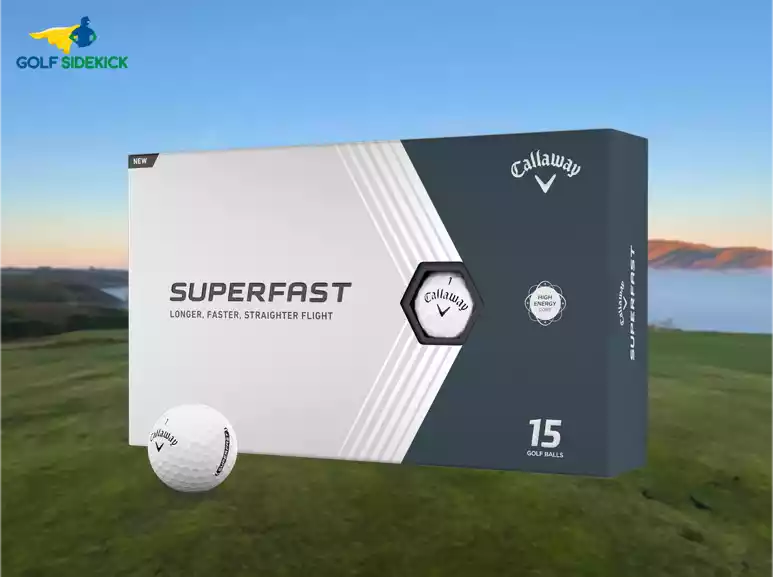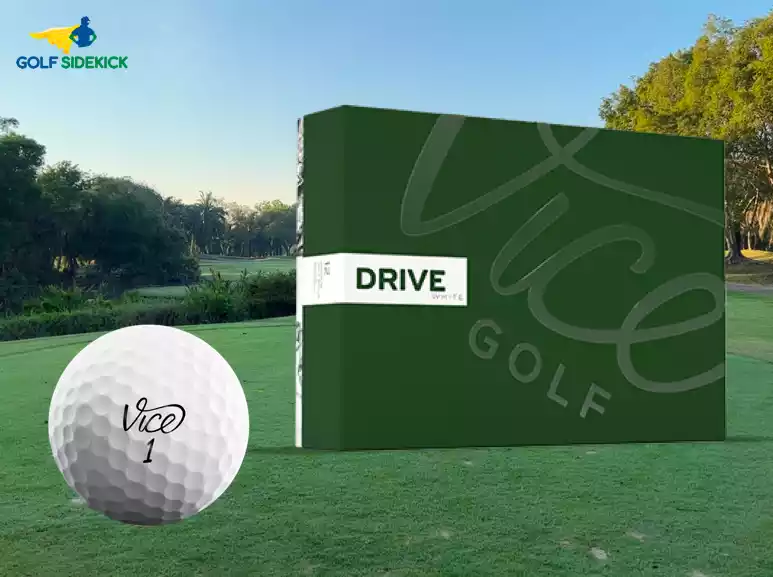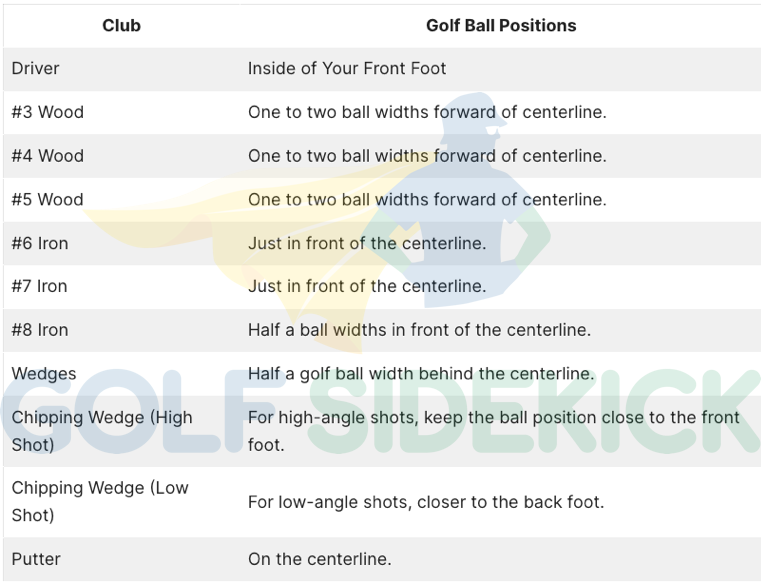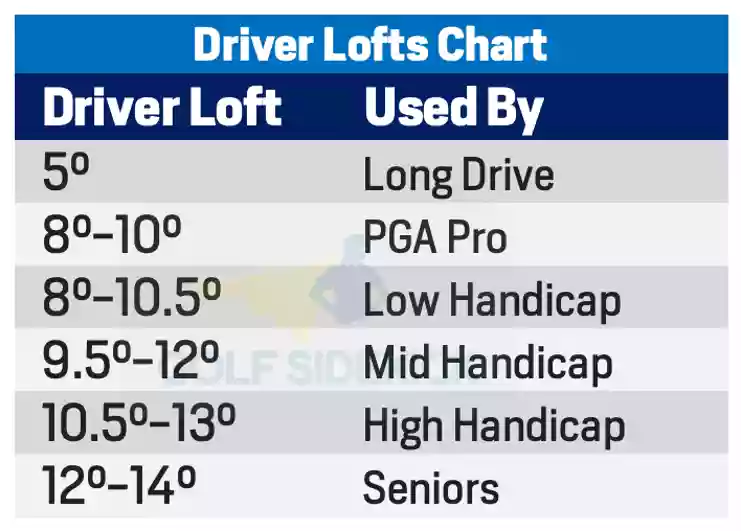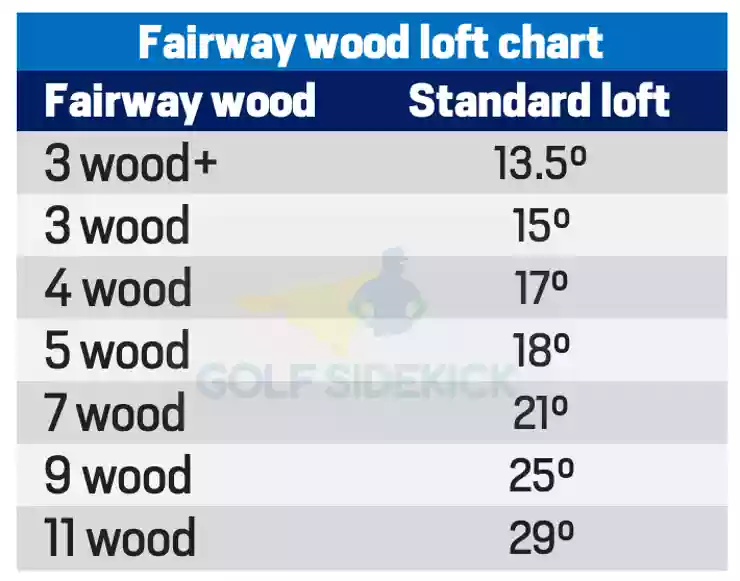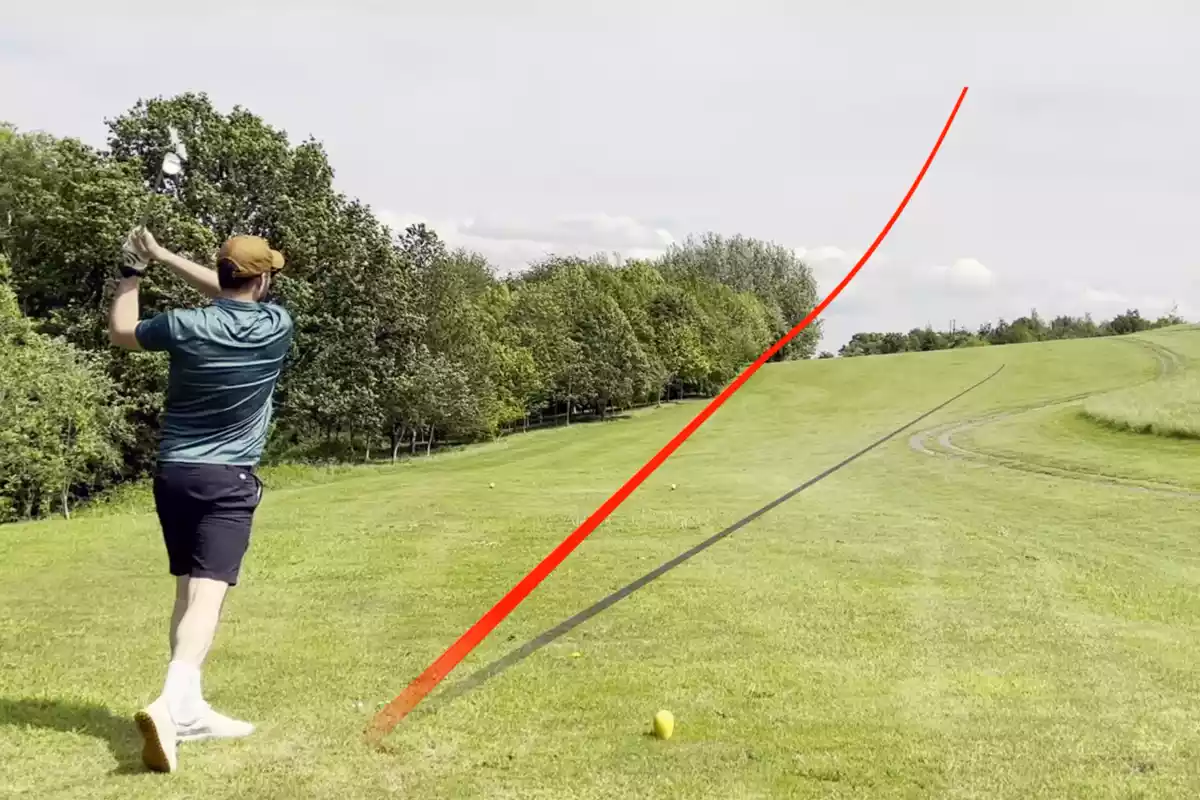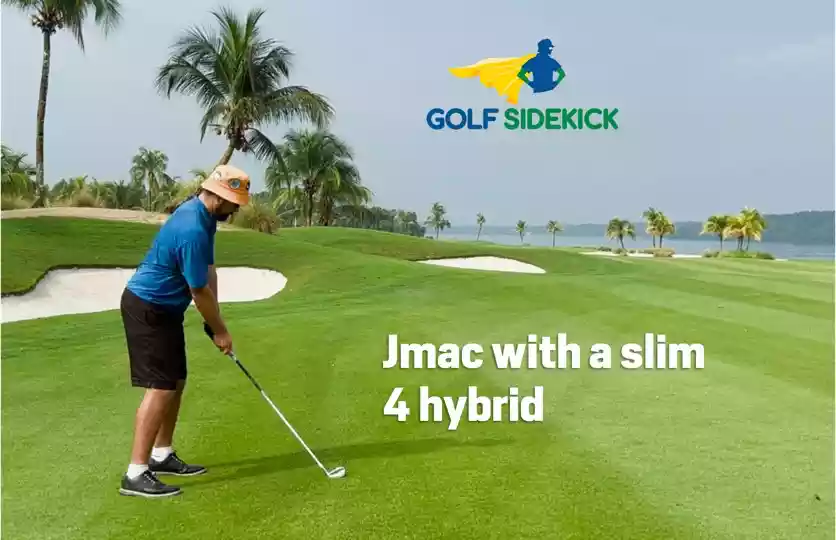Last Updated on January 14, 2024 by Matt Greene
Urethane golf balls perform much better than surlyn, but they are expensive. So when Kirkland Signature golf balls came out, so many golfers had access to a great urethane golf ball performance, for the same price as cheaper surlyn balls.
The Kirklands Signatures are quality balls sold at Costco, with great endurance, and perform similarly to much higher priced golf balls.
After playing them for a while, many people are asking — who makes Kirkland golf balls actually?
I took a deeper look and found something very interesting. It would be easy to assume that Kirkland golf balls are manufactured by Costco themselves, but this is not the case.
The Manufacturer of Kirkland Golf Balls
Most Kirkland products are subcontracted to third parties which is no surprise because golf ball technology and research would cost way too much to create a new ball from scratch.
Kirkland Golf balls are manufactured by Qingdao SM Parker, which is a large company in China.
Some people also report that Nassau Golf produce Kirkland the golf balls in Korea. I have actually played Nassau golf balls and they are high quality. But it would appear the truth is that Qingdao manufactures Kirkland Sigs. The company is heavily involved in sports equipment manufacturing. They focus mainly on golf equipment, and Kirkland golf balls are their headline product.
Kirkland Performance+
The 3 piece golf ball is by far the most popular golf ball by Kirkland. It is officially known as Kirkland Performance+.
The pricing is way less than its competitors.
I played Pebble Beach with a Kirkland Signature golf ball. I am not joking, and I shot 74 on the first attempt. Check out the video below.
Costco is a budget wholesaler, so a pack of Kirkland golf balls costs much less than most manufactuers. Urethane golf balls are expensive and will range anywhere from $2 to $4 per golf ball, so at around a buck per ball, the Kirkland Signature is hard to beat on price.
It is a low launch and high spin golf ball with 338 dimples.
Review of Costco Golf Balls
Kirkland 3 piece golf balls or Kirkland Performance+ golf balls are always compared to the Titleist Pro-V1x, because it is the most used urethane ball on tour. This would be a mistake since this is a budget golf ball. That aside, the ball has no issues and for the average player, spending so little on a nice golf ball can enhance their enjoyment.
The Kirkland and Pro V1x are similar in a few ways. Check out Kirkland balls here
According to 'studies', the Kirkland golf balls are slightly shorter at higher swing speed at around 10 yards. I did not experience this in my time in the USA. I found the Kirkland equally as long.
They have a higher spin rate compared to the Titleist balls according to the studies, but I found the golf ball actually spins less than a Pro V1x on my shots. The Kirkland sits down near it's pitchmark rather than ripping back like a ProV1x does. My swing speed is a little faster than average.
But golfers with slightly slower speed will get more stop and drop with the Kirklands. Kirkland 3 piece golf balls could be a good choice for you if you find the ball bounding on after an approach to the green.
When I think of the people I played with in the USA, I think the Kirkland 3 piece golf balls are best for literally any level of golfer. Beginners to mid-level golfers who don't want to lose $4 golf balls will love the performance. And even as a low handicap, I loved these golf balls and would game them every round if I could get them in Asia.
It's a low stress golf ball with great performance perfect for practice rounds, casual rounds and if you don't buy into the hype, it is a ball you can use iwth confidence in competitions.
Kirkland 4 Piece Golf Ball
Kirkland launched a 4 piece golf ball in 2016.
Costco suggests that the 4 piece golf balls were of equal or higher quality than the golf balls on the market.
Acushnet Holdings who produce Titleist golf balls, filed a lawsuit against the Kirkland 4 piece golf balls. There were 10 patent violations in the case.
The 4 piece golf balls stoped being produced after the case was settled out of court.
Thereafter, in 2019, Costco announced a brand new 4-piece golf ball. It was sold at the same price, but quality seemed to be much worse this time. Golfers flooded the internet with pictures of cracking golf balls with damaged covers and tons of bad reviews.
After this negative coverage and terrible reviews, Costco took the 4 piece golf balls off the market completely and offered easy returns to limit the damage.
Does Costco Sell Golf Clubs?
Costco launched a line of golf clubs due to the high demand for budget golf equipment in light of the excellent reception of the 3 piece golf ball.
Costco sell the Kirkland 3 piece wedge club which people do enjoy. The quality is good.
Costco also has a putter which gets rave reviews.
Who Manufactures Kirkland Golf Clubs?
Qingdao SM Parker is only involved in the golf ball production. The golf clubs by Costco, are made by the Southern California Design company who are known for their quality and attention to detail.
Costco also sells box sets of Callaway golf clubs.
Are Costco Golf Balls the Same as Titleist?
Titleist is the leader in golf balls with all the coverage on Tour. The Kirkland golf balls are still budget golf balls and so can only be compared at surface level.
Kirkland and Pro V1 have similar materials and endurance but the level of performance will always be lower in a budget golf ball. Does that apply to 95% of amateur golfers? No. Most golfers will not notice a difference between a Kirkland and a Pro V1. A scratch down to plus handicapper and professionals will notice a difference.
The Kirkland is a cheaper urethane covered golf ball with excellent performance, and can slot into my bag any time any day.
What Golf Ball Is Comparable to Kirkland?
If I had to compare these golf balls to another brand, I would compare it to the Pro V1 and the Chrome Soft X. The compression of the Kirkland is higher than the general budget golf ball.
I cannot compare the Kirkland to an Inesis Tour 900, Titleist AVX or a TaylorMade Tour Response. Those ball feel soft and squishy and I notice distance losses. The Kirkland does not experience as big of a distance loss and it feels firm so I would go with a Pro V1 and Chrome Soft X as it's equivalent.
The Bottom Line
Kirkland make an excellent 3 piece golf ball. Kirkland are ever expanding into more facets of the golf game and with the quality being as good as it is, we can expect even more advancements. They are some of the best golf balls for mid handicappers.


